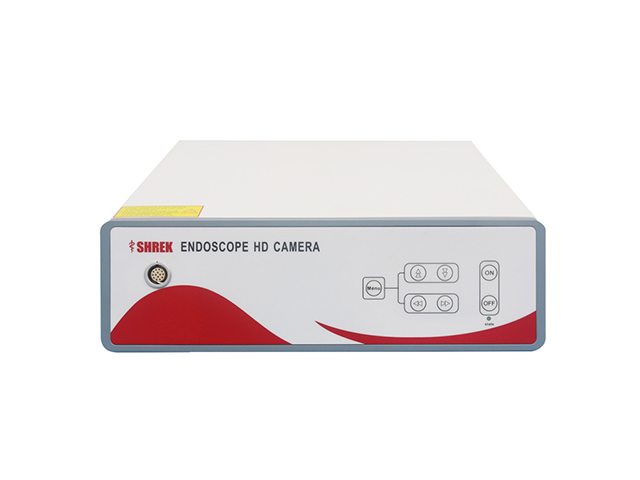SHREK NEWS
What are the categories of medical endoscopes

Medical endoscopes can be categorized based on their applications, designs, and features. Here are some common categories of medical endoscopes:
Gastrointestinal Endoscopes: These endoscopes are used to examine the digestive tract, including the esophagus, stomach, and small and large intestines. They can be further classified based on their insertion method, such as upper GI endoscopes, colonoscopes, and enteroscopes.
Bronchoscopes: These endoscopes are used to examine the lungs and airways. They can be flexible or rigid and can vary in size depending on the intended use.
Laparoscopes: These endoscopes are used for minimally invasive surgery, and they are inserted through small incisions in the abdominal wall. They are typically used for procedures involving the gallbladder, appendix, or reproductive organs.
Cystoscopes: These endoscopes are used to examine the bladder and urethra. They are usually inserted through the urethra and can be either flexible or rigid.
Neuroendoscopes: These endoscopes are used for examining the brain and spinal cord. They are typically smaller in diameter than other endoscopes to allow for easier access to the delicate structures of the nervous system.
Arthroscopes: These endoscopes are used for examining the joints, such as the knee or shoulder. They are typically inserted through small incisions and allow for a minimally invasive approach to joint surgery.
Enteroscopes: These endoscopes are used to examine the small intestine. They are typically longer than other endoscopes to allow for greater reach within the small intestine.
Hysteroscopes: These endoscopes are used for examining the uterus and can be used for both diagnosis and treatment of conditions such as fibroids or polyps.
Otoscopes: These endoscopes are used for examining the ear canal and eardrum. They are typically handheld and have a small diameter to allow for easy insertion into the ear canal.
There are also other categories of endoscopes used for specialized applications, such as endoscopes for examining the sinuses, the throat, or the prostate gland.




